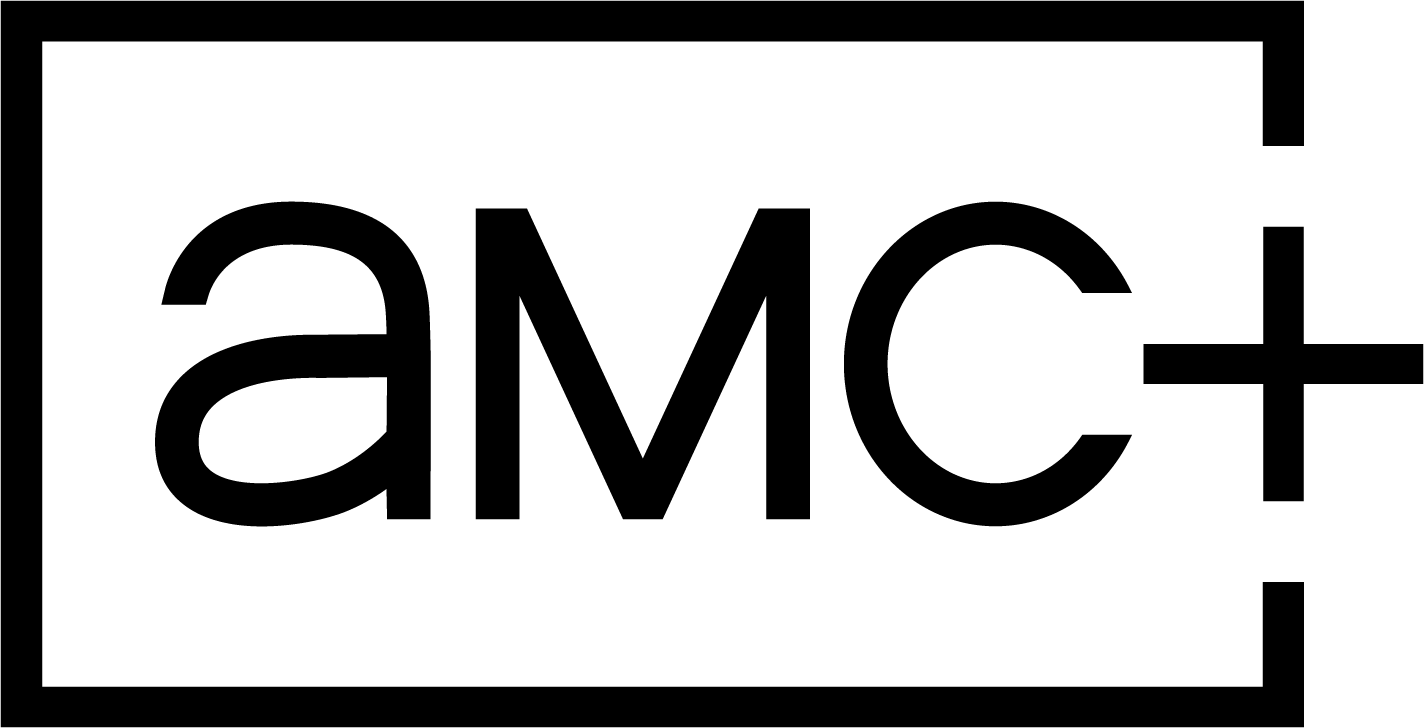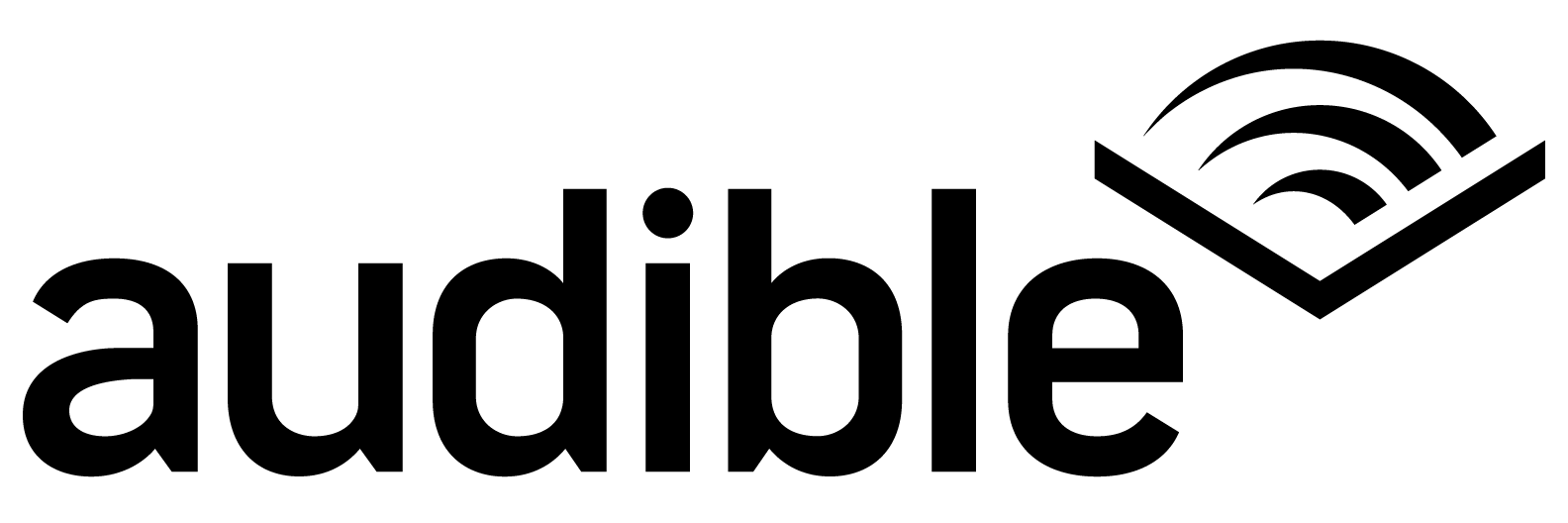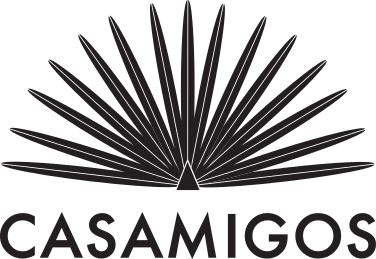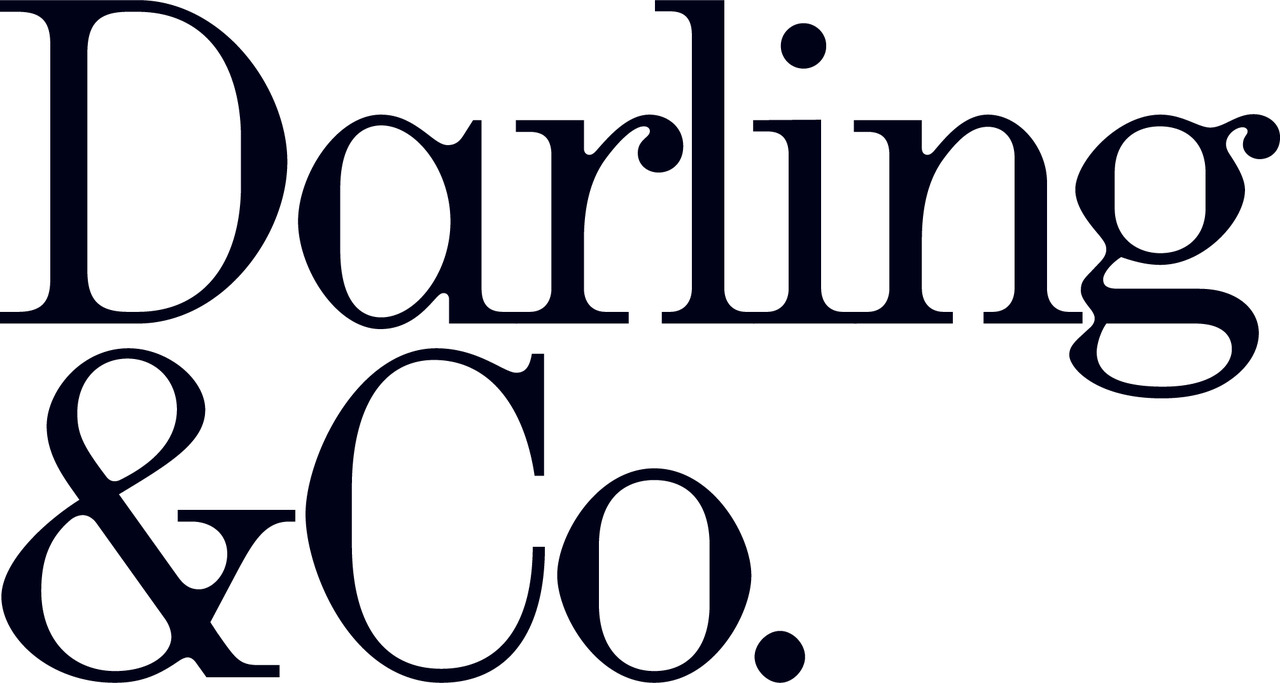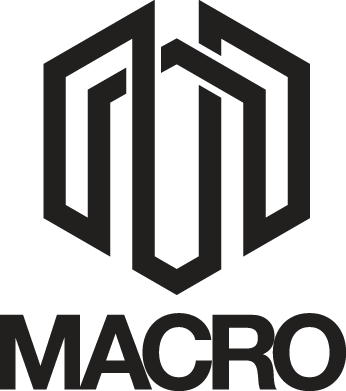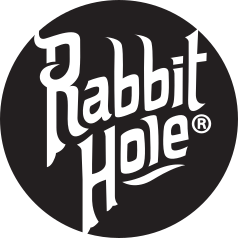Gary Hustwit (photo by Suzanne Cordeiro/Shutterstock for Sundance)
By Bailey Pennick
“I didn’t really want to do an ordinary documentary because I always find them frustrating,” says Brian Eno via a video call, looming large (literally) over the Sundance Film Festival world premiere of Eno. “Any documentary I’ve ever seen about anybody I know has missed out [on] most of the interesting things about them.”
While the legendary musician-producer-artist-composer does bring up a fair point about unreliable narrators within filmmaking in general, it’s infinitely more of a compelling thought when you consider the people that he knows. We’re talking about David Bowie, U2, Grace Jones, Talking Heads, Devo, and the rest of Roxy Music, just to scratch the surface of his collaborators and friends.
The rock and ambient music icon continues: “Of course, anyone who’s making a documentary has to take an editorial stance of some kind, [because] what you choose to show is an editorial decision. But I like this because there was the possibility of showing a lot of things and showing things that might be quite incompatible with one another. Documentarians tend to make a particular story, and I didn’t want to be a particular story.”
The “this” he’s referring to is the unique generative software that filmmaker Gary Hustwit and creative technologist Brendan Dawes developed to make Eno the first randomized documentary. You will never see the same version of Eno twice. Even after watching the January 19, 2024, version of the film as part of the New Frontier program, the crowd at The Ray are eager to hear how this documentary was made and how many branches could there possibly be for multiple Enos?
“We worked out that there were 52 quintillion possibilities, which is 52 with 19 zeros after it,” Dawes explains. “Which I think is more than particles in the universe, so I don’t know if they’ll all be good, but you know that’s the number of possibilities there.” In its future iterations, the bespoke generator can alter a cut of the film live, but for its showings at the 2024 Festival, the team ran the generation of six specific versions of the documentary.
The audience continues to ask more about the how of Eno as opposed to the why, because it’s obvious that Eno is a man worthy of 52 quintillion possibilities of storytelling. Seeing his current homelife in the English countryside with his garden, cursing the existence of YouTube ads, and eagerly awaiting when he can eat breakfast because of a new morning routine he’s trying out, is endearing. Watching him go through his old projects and producing notebooks — one per album he’s working on — is fascinating. Being a fly on the wall for his sessions with U2 and other artists is enthralling.
“I liked the idea of a film working the same way my music works,” Eno says. “Which is to say a very high degree of random — and often a high degree of nonrepetition as well, so it suited me.” He pauses, before throwing out one last thought on the process. “Also, Gary didn’t want to do too many interviews…”
The crowd and crew up front burst out laughing while Hustwit picks up where Eno left off. “I also got to dig into the archive, which was, I don’t know, maybe 500 hours of footage that you just, sort of, collected over the years… and that was amazing. That took several years, just all the digitization and restoration of all that stuff. Some of the things I don’t think Brian had seen in 40 years.” And depending on which version of Eno he’s present for, he might not see them again for another 40 years.
To see more of the magic from the 2024 Festival, click here.



